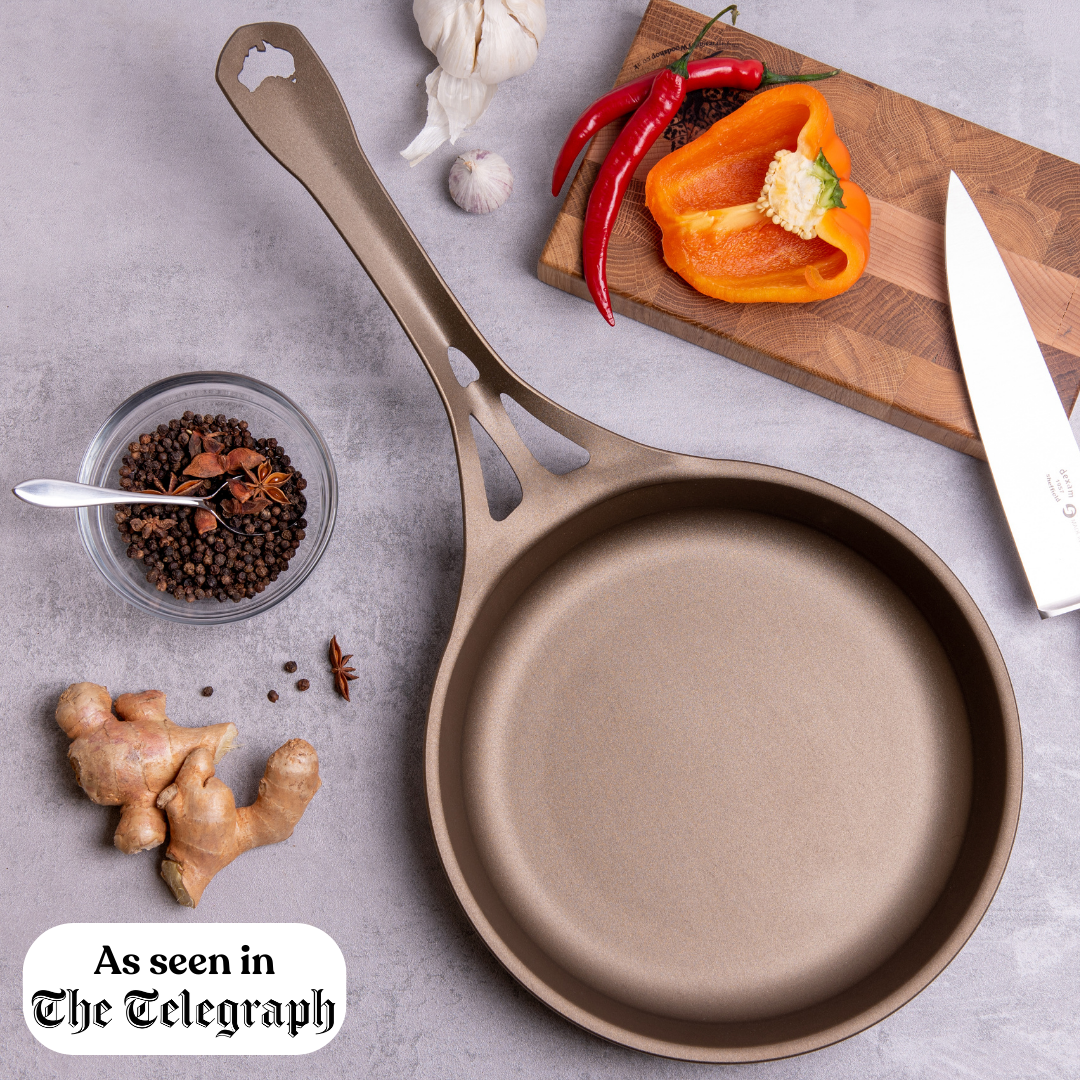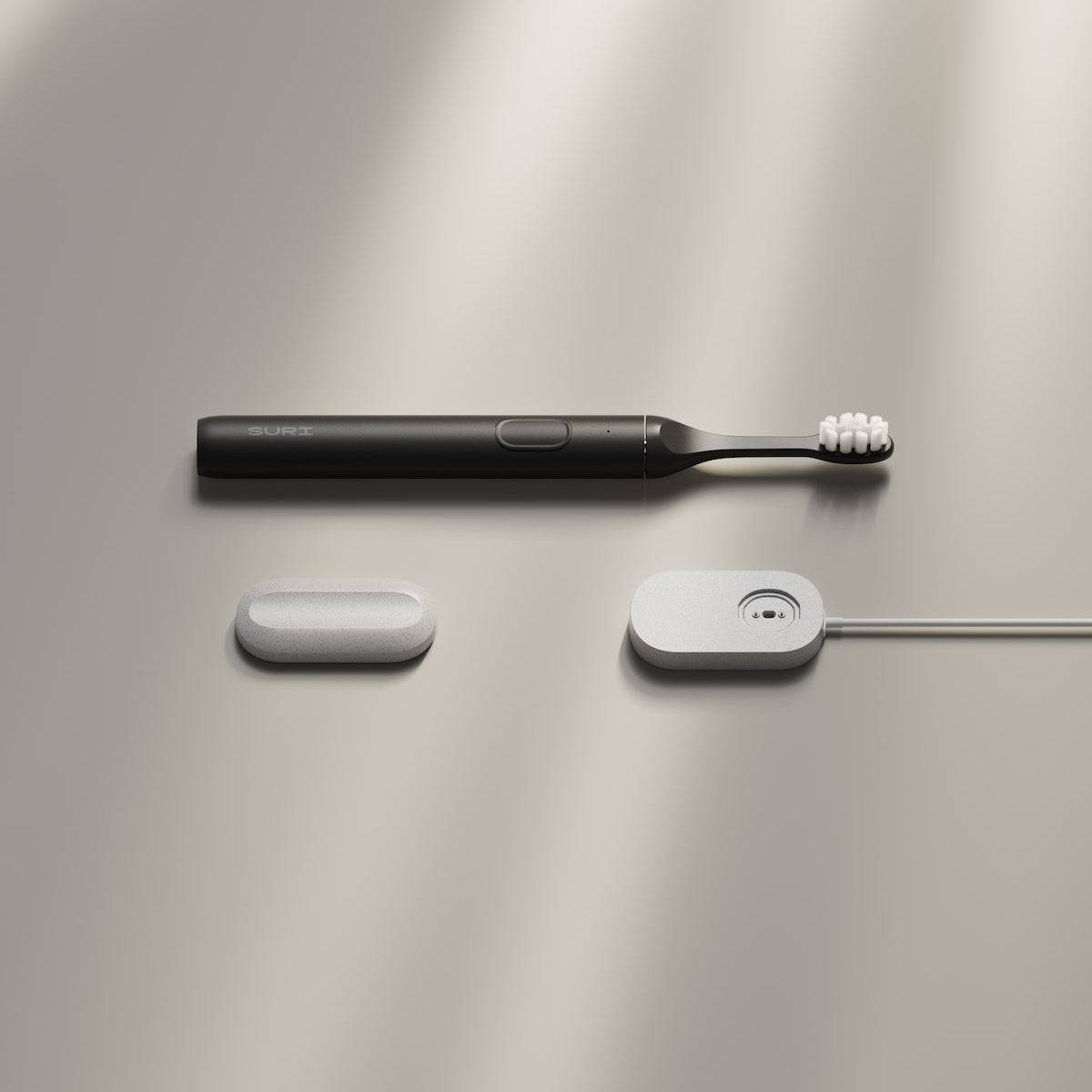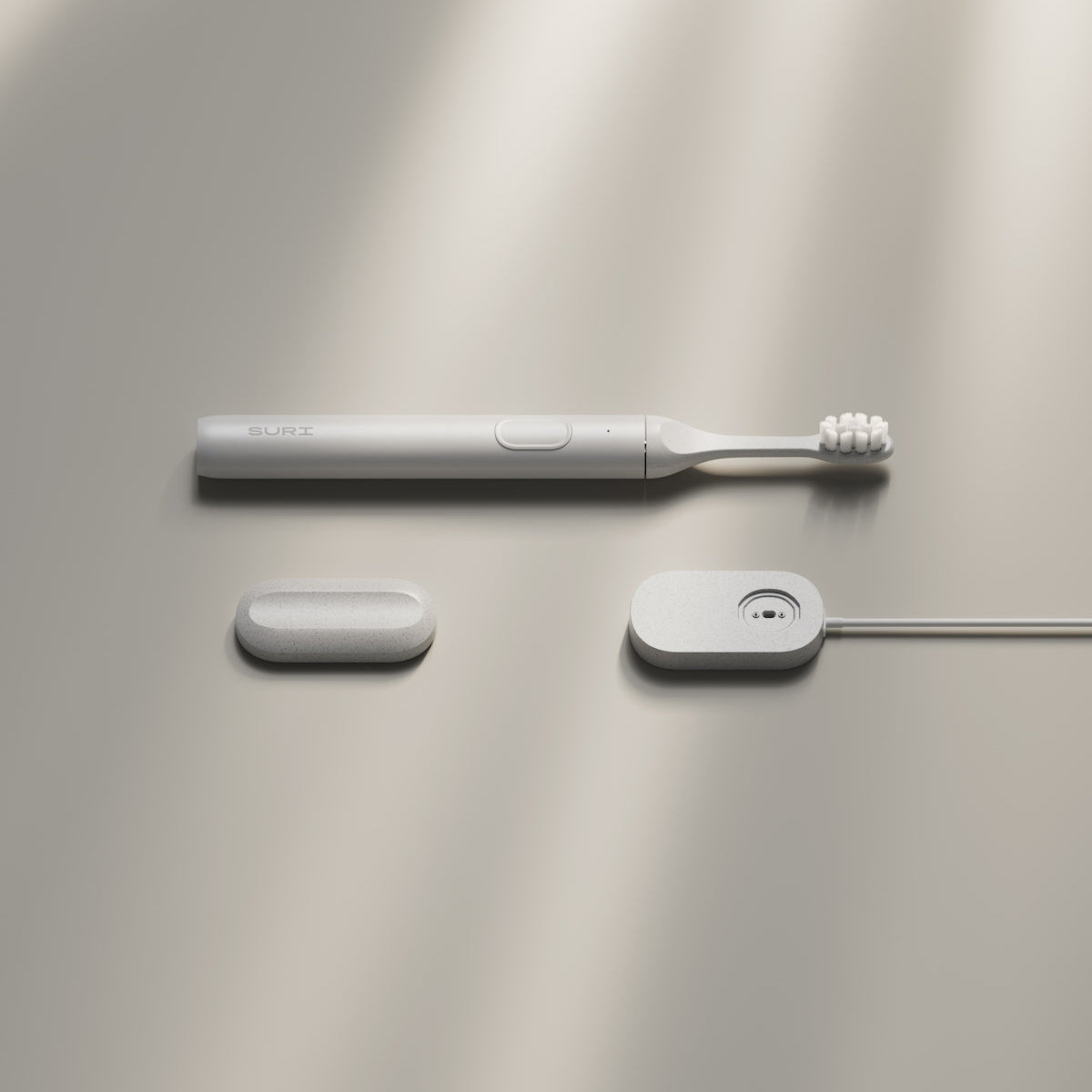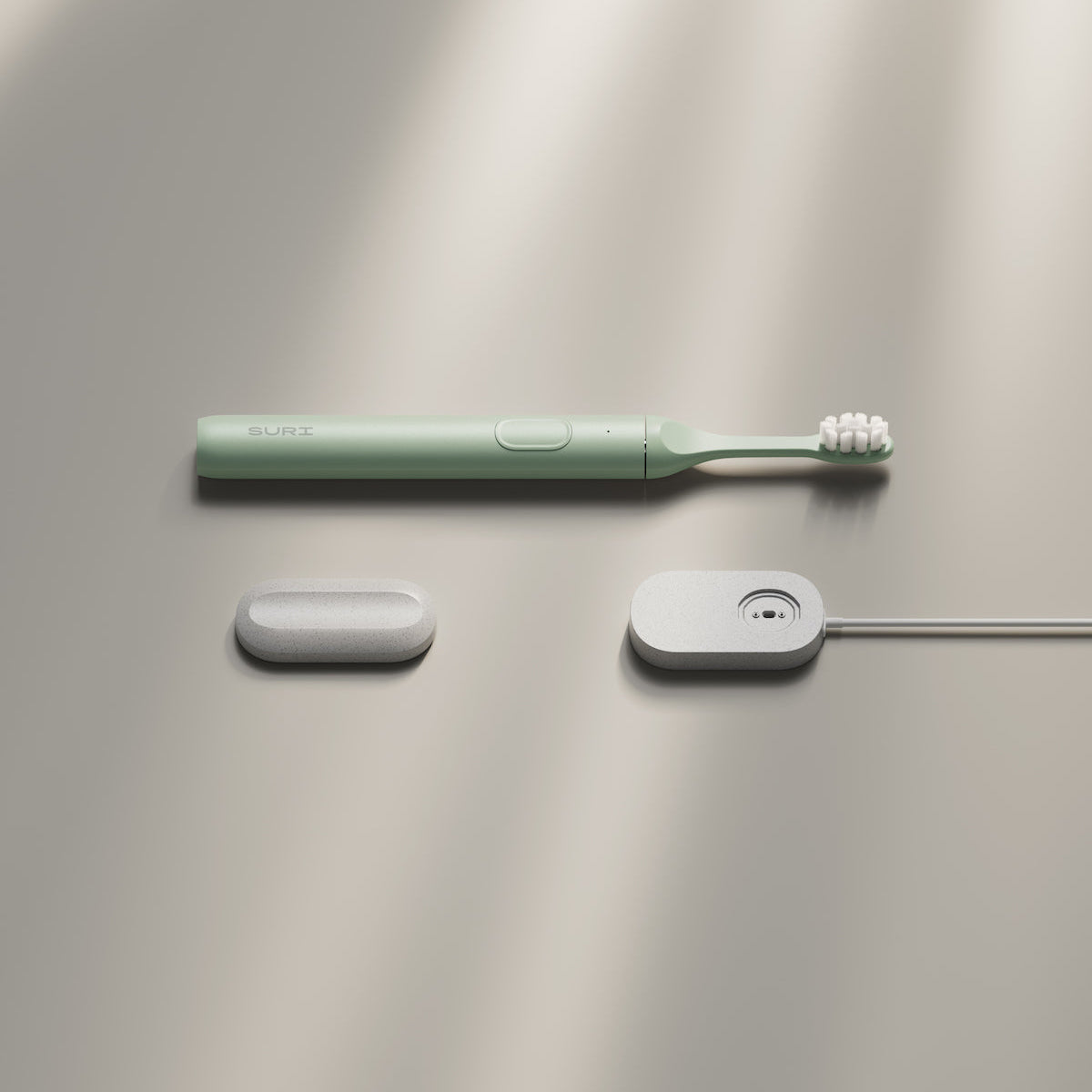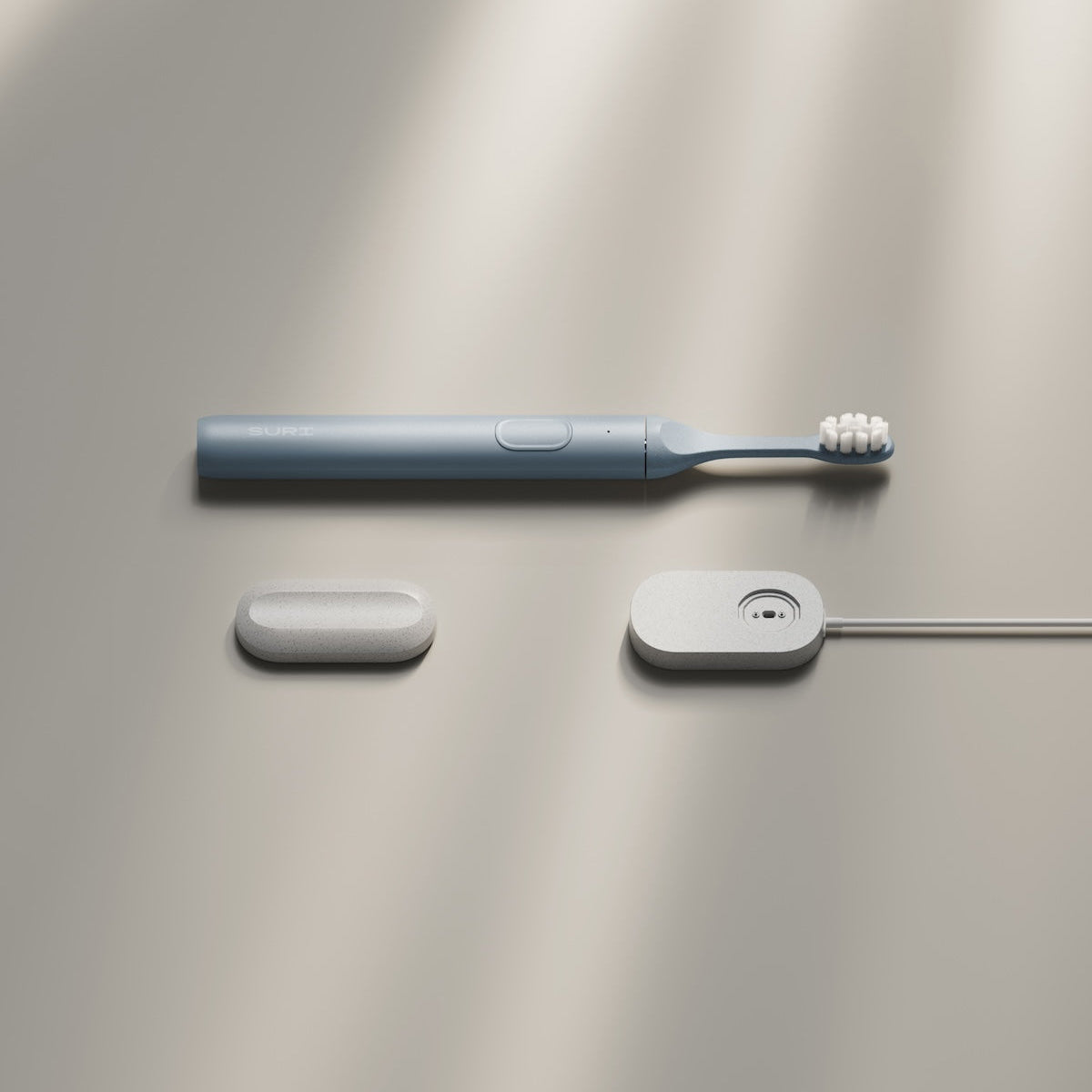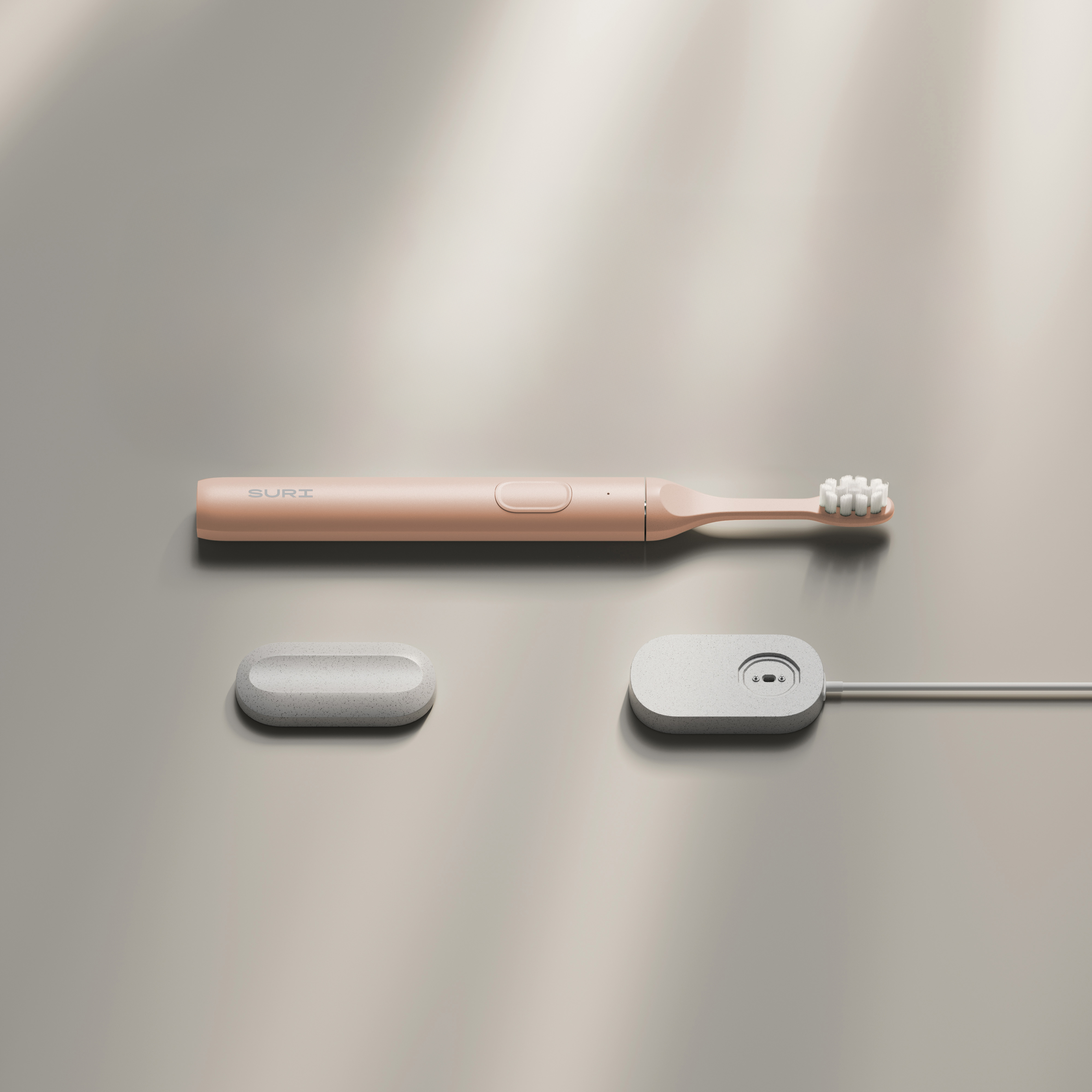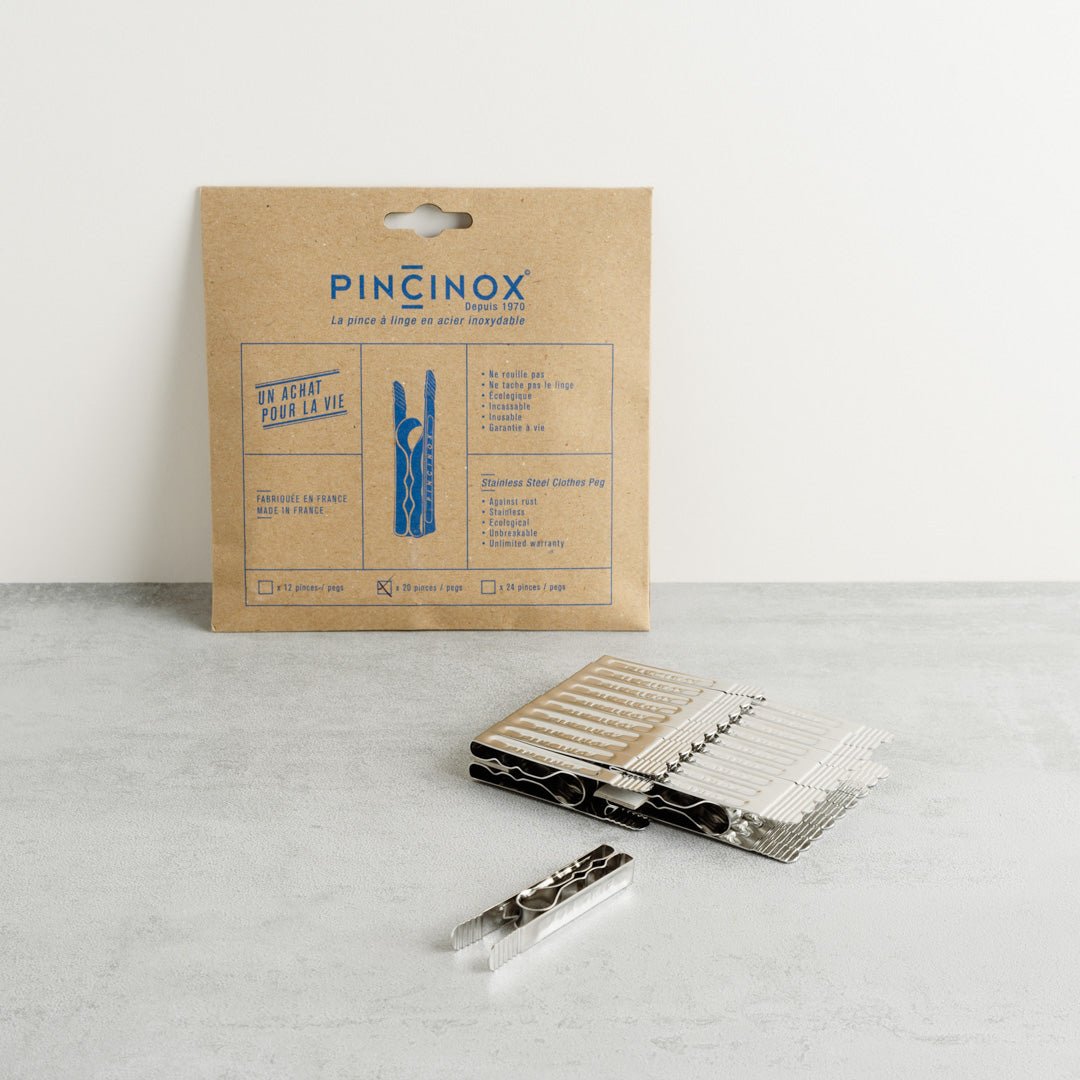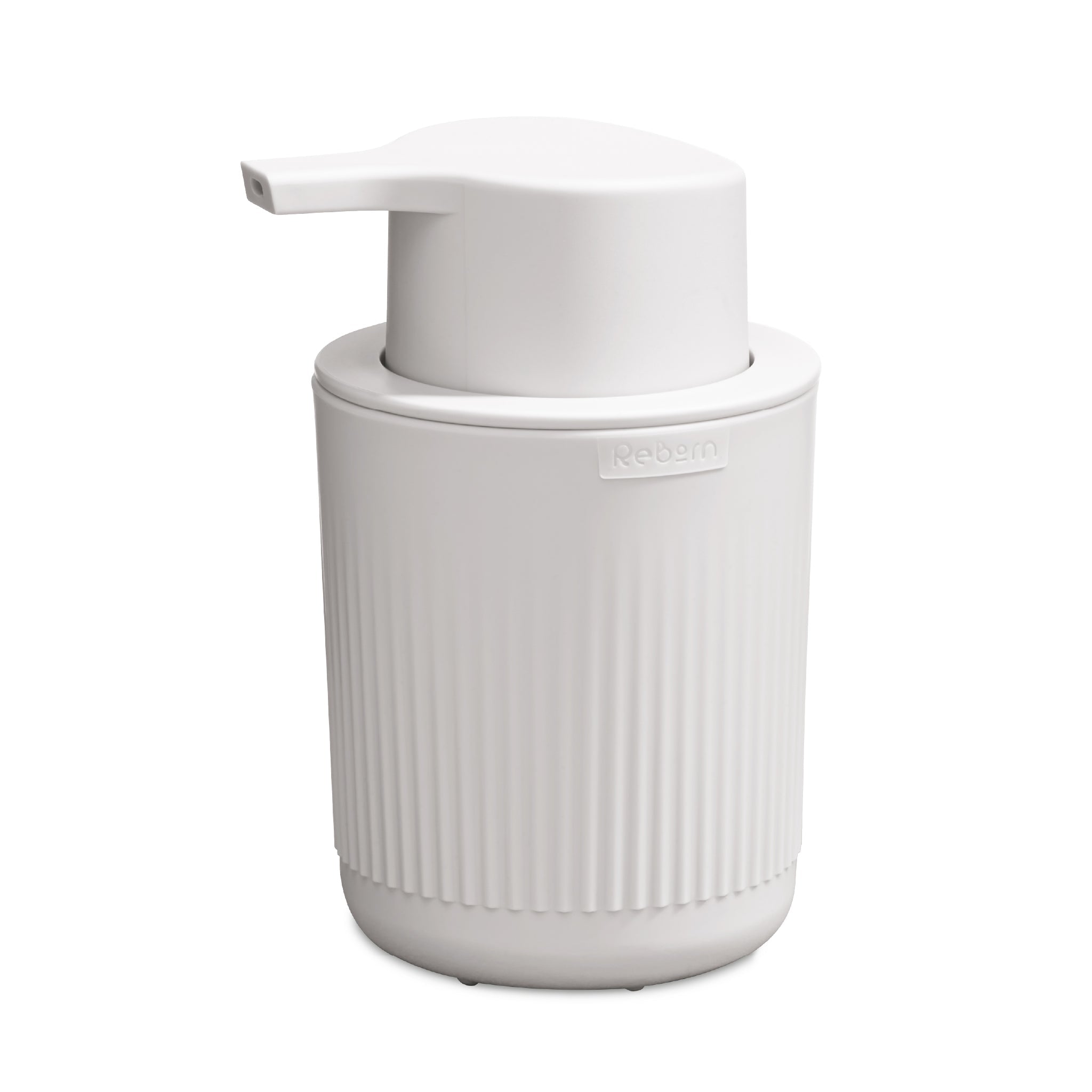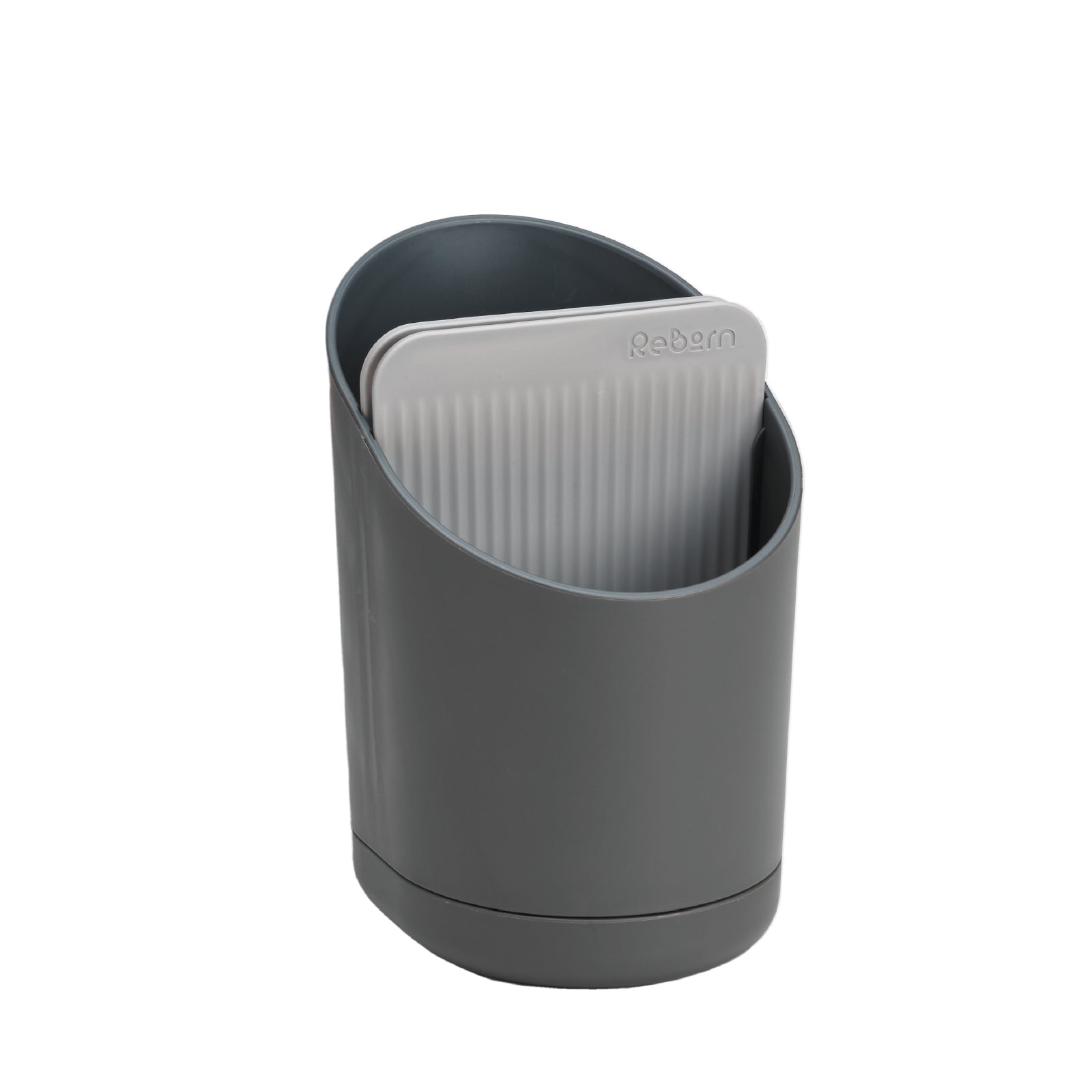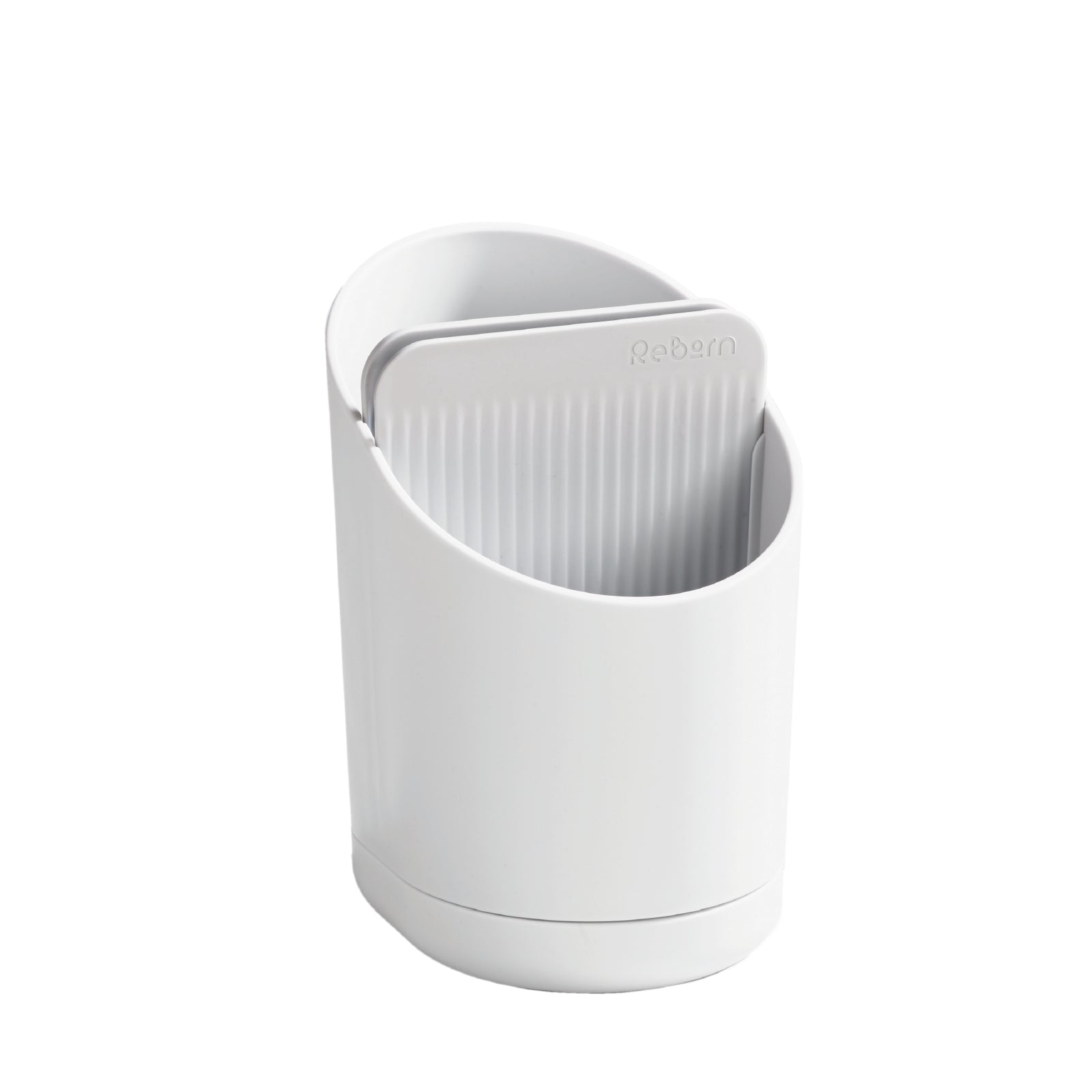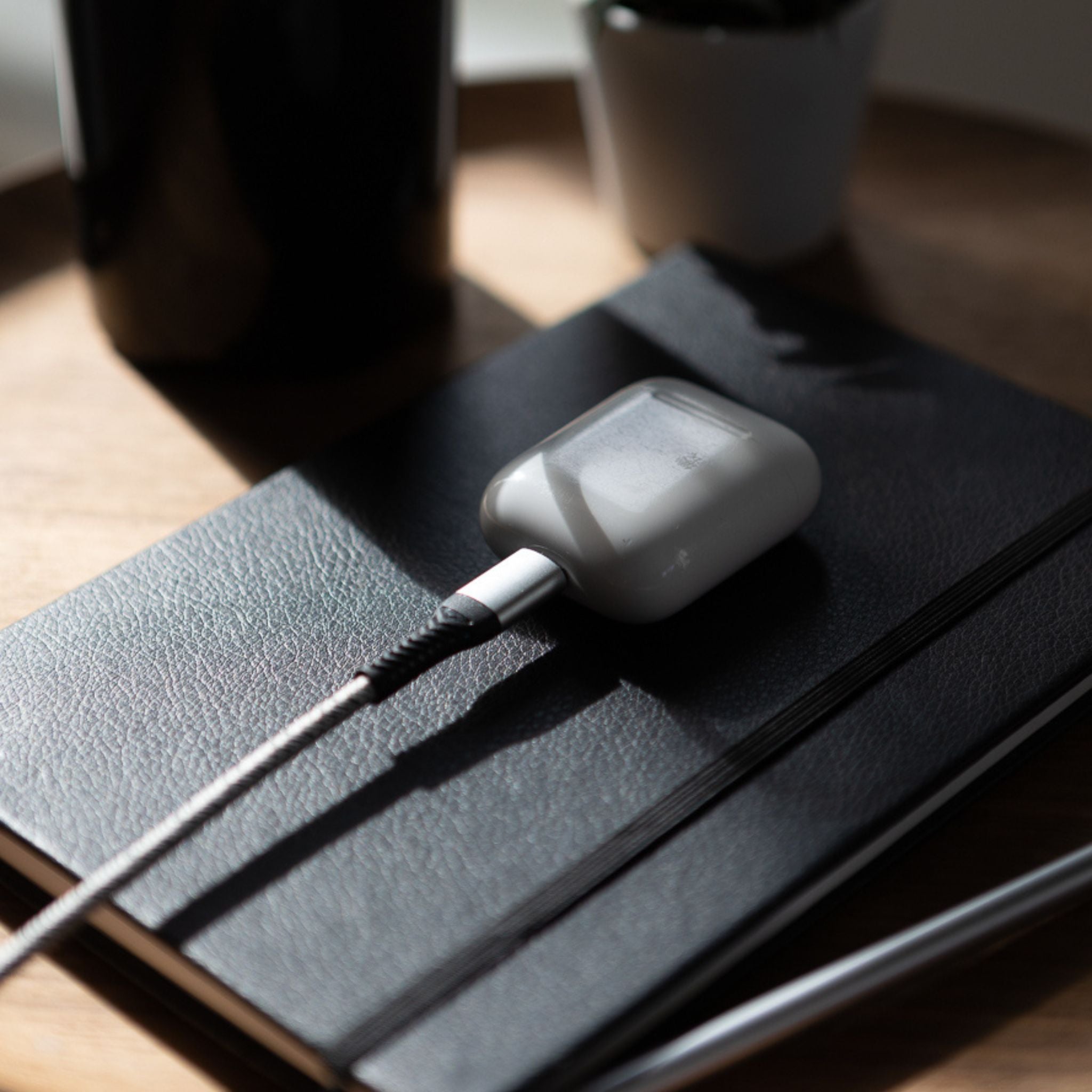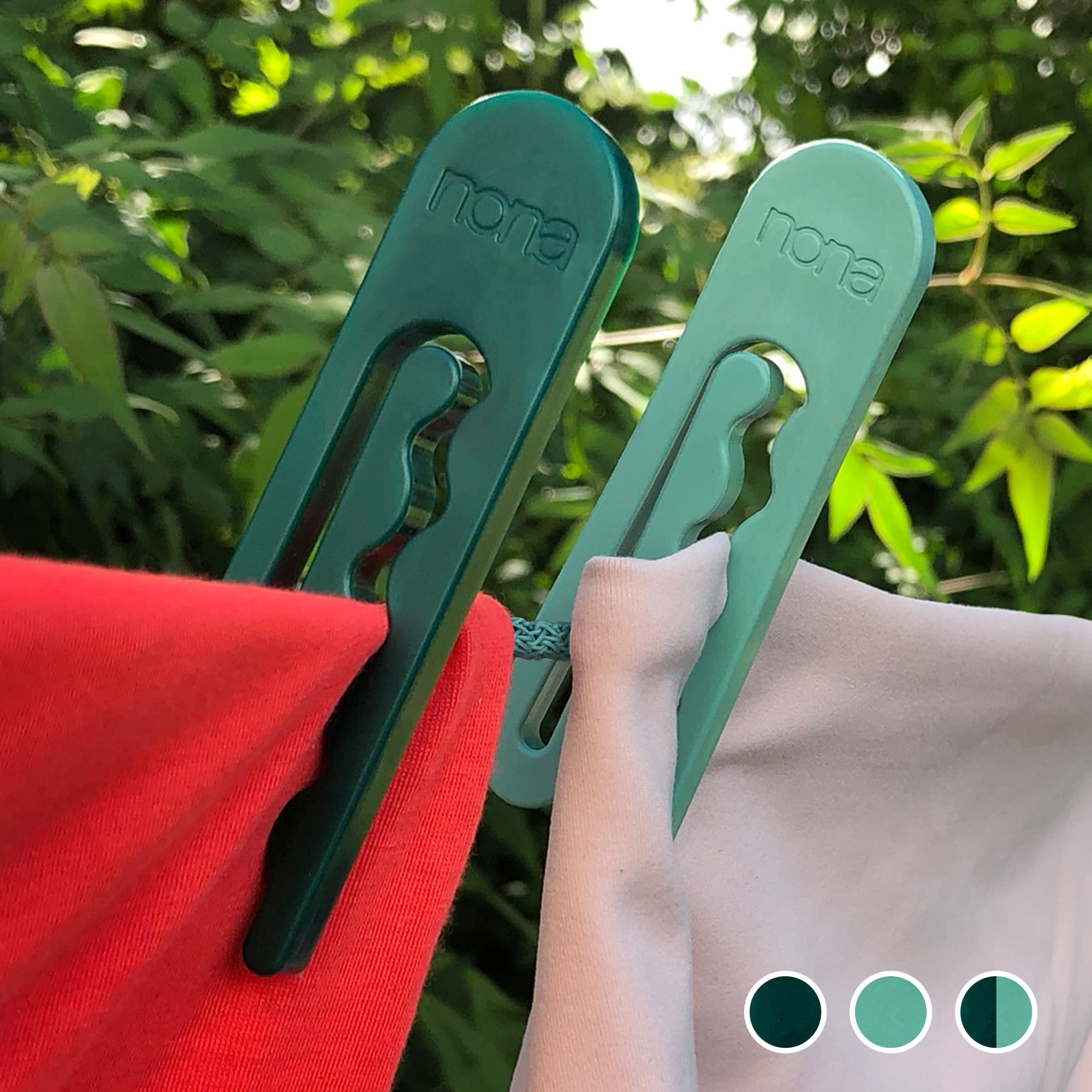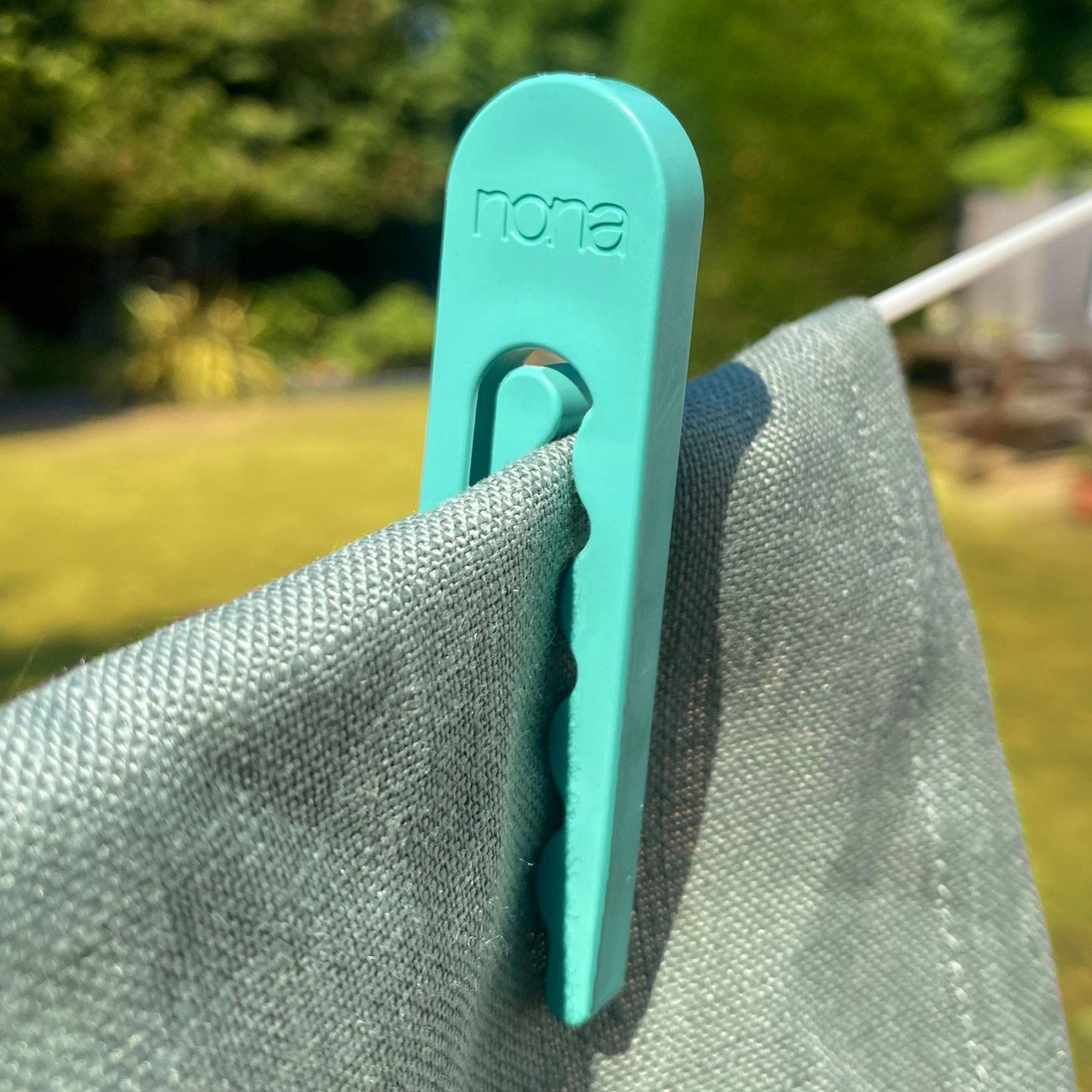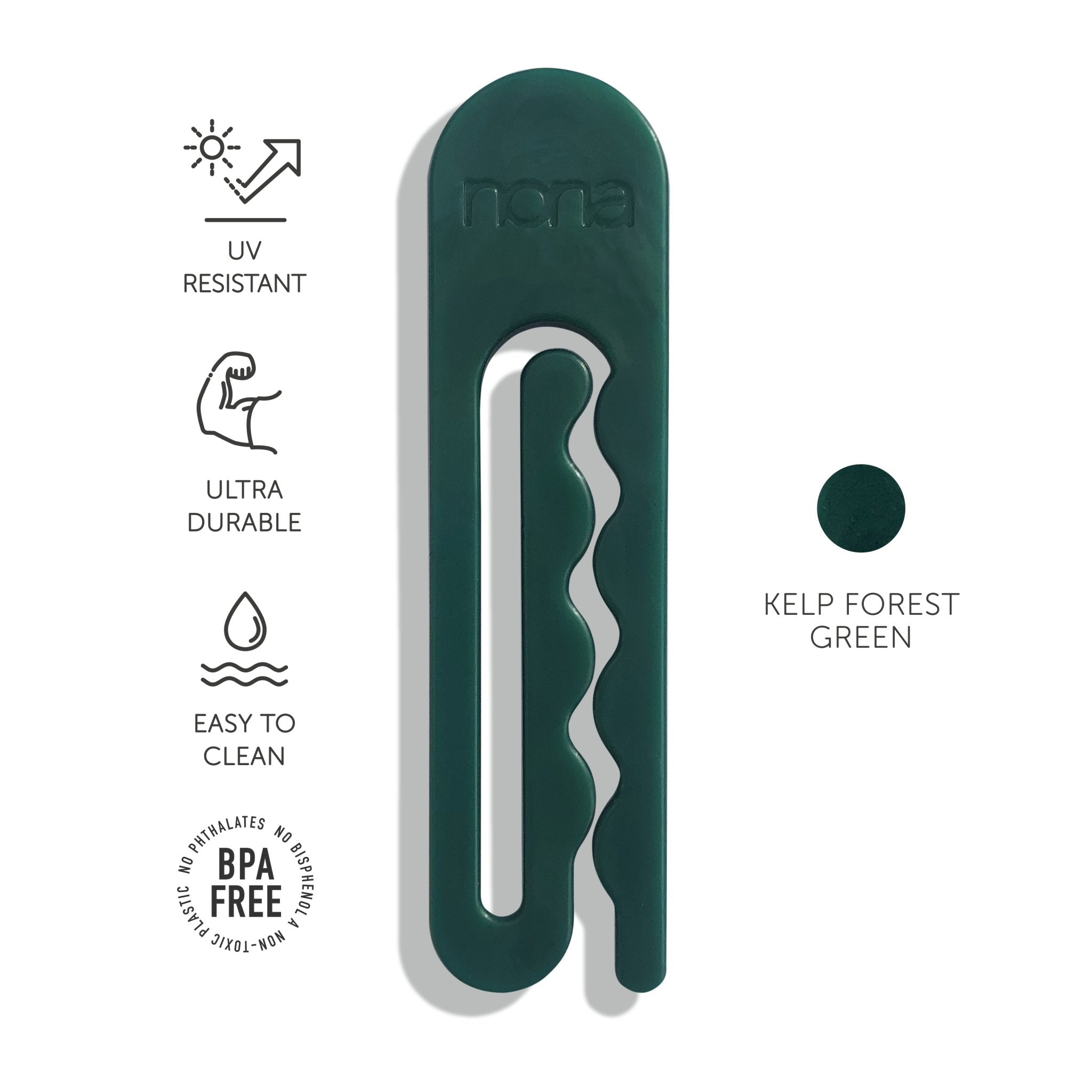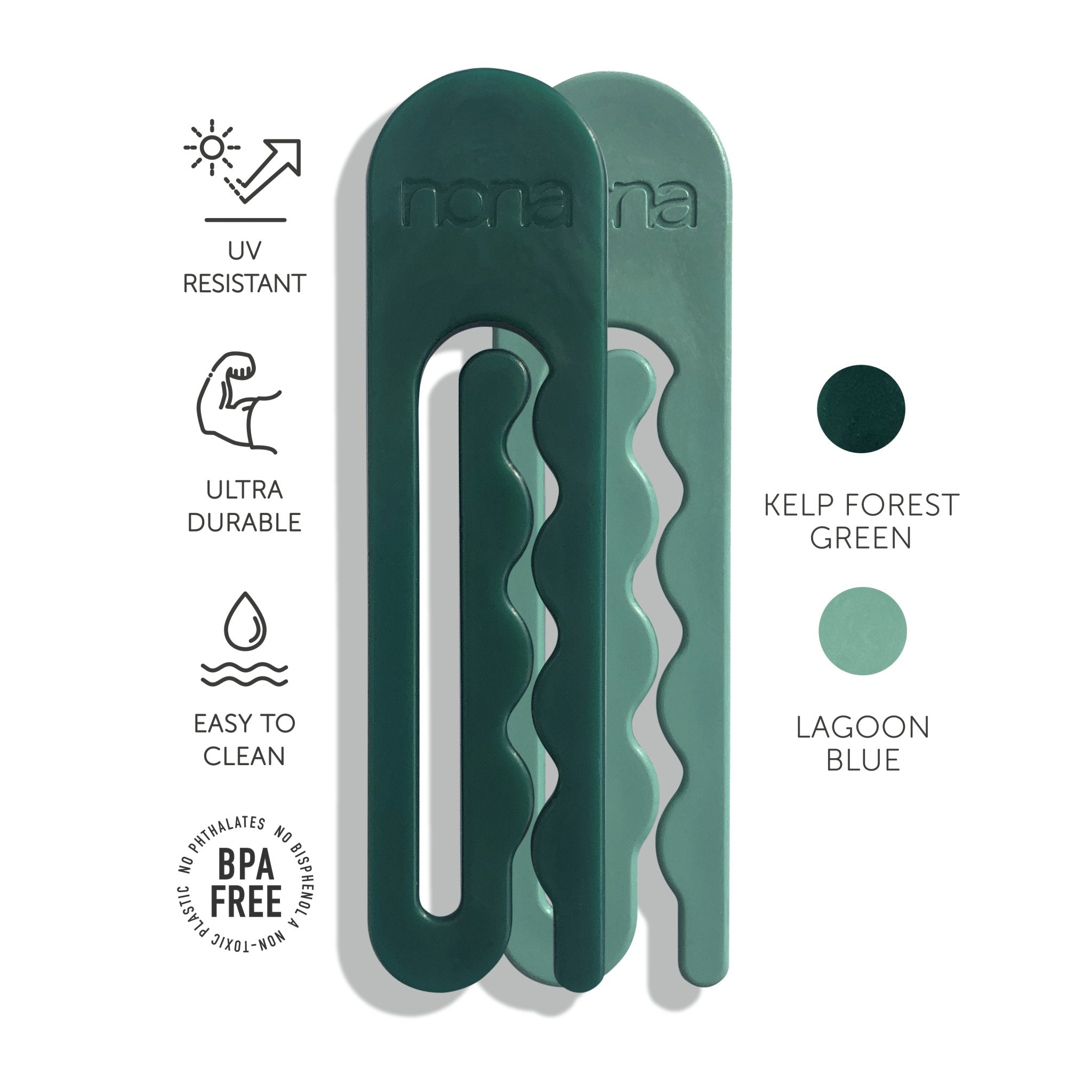Juicers
Reliable juicers that work hard, day in and day out. This collection includes both masticating and centrifugal juicers, chosen for their solid build and clever design. Easy to clean, simple to use and made to last – these aren’t the flimsy kind you replace every few months. Just well-built fruit and vegetable juicers that help you get the most out of what you put in.
Juicer FAQs
What’s the difference between a masticating juicer and a centrifugal one?
The main difference between a masticating juicer and a centrifugal one is how they squeeze out the juice. Masticating juicers (also called slow juicers) gently crush produce using a slow-turning auger, while centrifugal models spin at high speed, a bit like a salad spinner gone rogue. Masticating juicers are quieter, better with leafy greens, and usually extract more juice. Centrifugal ones are quicker and easier to clean, though they can be noisy and less efficient. Think of it as slow and steady versus fast and slightly messy.
What are cold-press juicers and do they preserve more nutrients?
Cold-press juicers, also known as masticating juicers, preserve more nutrients by gently squeezing juice at low speeds without generating heat. This slow extraction method reduces oxidation and helps retain vitamins, enzymes, and antioxidants - especially in greens and softer fruits. If you’re after maximum nutrition or plan to store juice in the fridge, a cold-press juicer is your best bet. Some studies even suggest they preserve more antioxidants than faster spinning types. Bit of a slowpoke, but worth it.
Which is the most durable juicer for daily use at home?
The most durable juicer for daily use at home is usually a masticating model with a powerful motor and tough materials like stainless steel or BPA-free plastic. A machine rated for continuous use and backed by a 10–15 year motor warranty is a smart pick. Look for a repairable design and solid brand reputation. These workhorses may cost more up front but pay off over time. For more on how we vet lasting products, visit our research process.
How do I clean and maintain my juicer for a longer lifespan?
To clean and maintain your juicer, rinse all parts straight after use to stop pulp drying like concrete. Wash in warm soapy water, using the mesh brush for filters, and let everything air dry fully. Once a week, soak parts in diluted vinegar or lemon water to tackle scale build-up. Regular upkeep means your juicer stays hygienic, efficient, and humming along for years. Need a hand? Check our product care and repair tips.
Can I juice leafy greens and root vegetables with the same machine?
Yes, you can juice leafy greens and root vegetables with the same machine - though not all juicers are equal. Masticating juicers handle both like a champ, squeezing juice from kale, spinach, carrots, and beetroot with minimal waste. Centrifugal models whizz through roots but may struggle with softer greens, which often get flung about or stuck. For best results and less faff, go with a slow juicer built for all-round use.
What can I do with leftover pulp from juicing?
Leftover pulp from juicing doesn’t have to go in the bin. Try stirring it into soups, smoothies, or veggie burger mixes for added fibre. Carrot and beet pulp are great in muffins, and citrus pulp can be frozen for baking or pickling. Or you can compost it to feed your garden. It’s a tidy little way to waste less and squeeze a bit more value from your veg.
Is it possible to make ginger or lemon shots without a juicer?
Yes, it’s possible to make ginger or lemon shots without a juicer using kitchen basics. For ginger, peel and grate it, then press through a sieve or cheesecloth. Lemon can be hand-juiced and strained for a smoother shot. True, it’s a bit more effort and less yield than a juicer, but you’ll still get a spicy, zingy health boost. For more rock-solid tools to help with prep, browse our quality food preparation tools.

